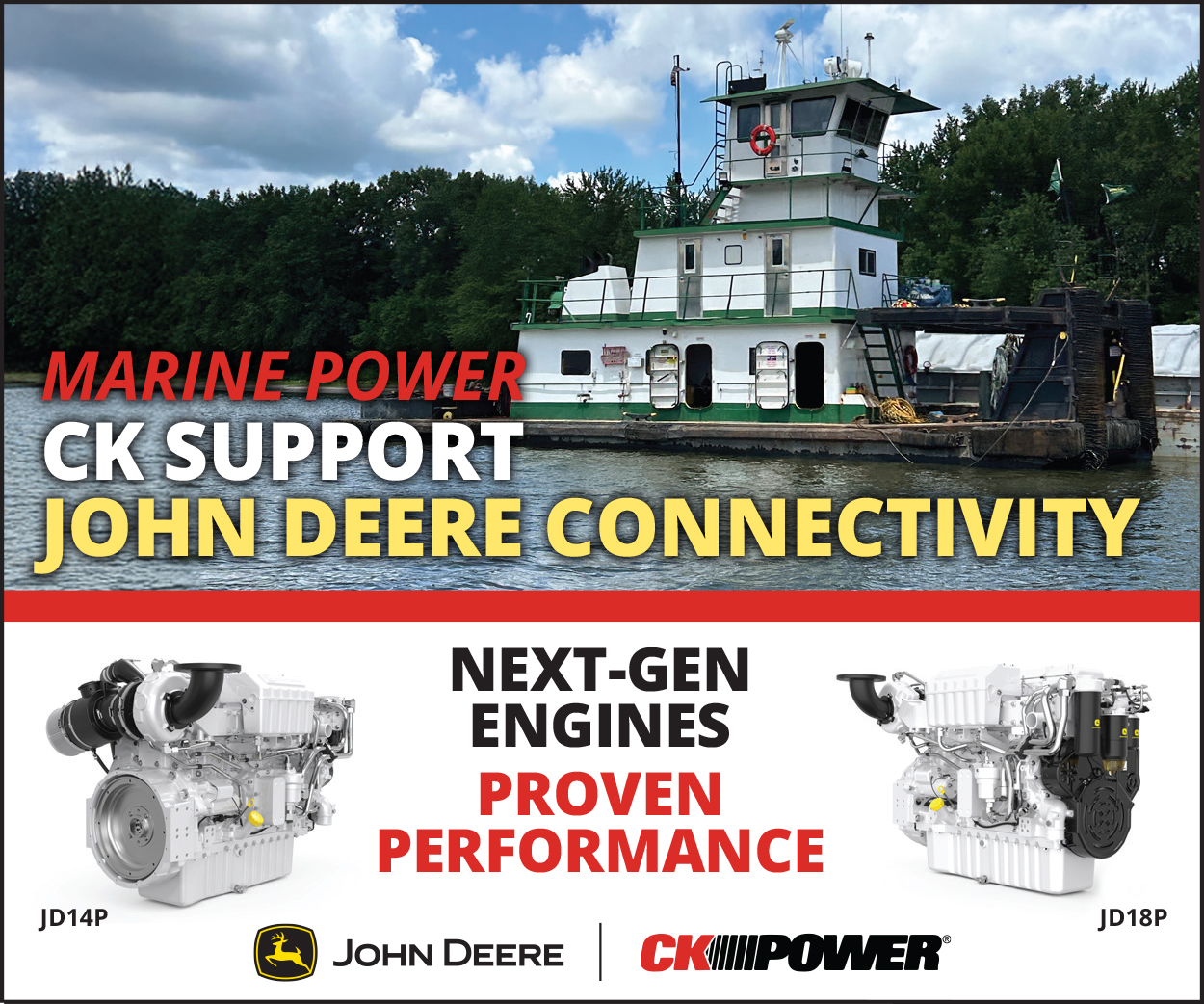Maritime Safety, Healthcare Experts Urge Caution In Summer Heat
The National Weather Service has been issuing heat advisory warnings day after day, in city after city. Average high temperatures across the country are reaching the 80s and 90s. Hard work can’t stop during such conditions, so it is more vital than ever that mariners stay healthy in extreme heat and that industry leaders ensure their safety.
Scott Harp, associate medical director for HealthWorks Medical, noted that the industry has seen a significant increase in heat-related incidents. HealthWorks has treated five cases since June 23.
Staying hydrated is the most important component to staying safe in the heat, he said. Mariners should start drinking water before a shift and continue throughout the shift and should also have a source of electrolytes nearby.
“Thirst is a sign you’re already dehydrated,” said Michael Breslin, the senior director for safety and sustainability at The American Waterways Operators (AWO). “Pair water with electrolyte-rich sports drinks to replace sodium lost through sweat. Avoid salt tablets, which can spike sodium levels, worsen dehydration and restrict blood flow, making it harder for your body to cool itself through perspiration.”
Preventing heat exhaustion is critical, although it is possible to recover without medical attention. Mariners should be aware of muscle cramps, heavy sweating, dizziness, fatigue, fainting, weakness, headaches, nausea, vomiting, cool and clammy skin and a fast, weak pulse.
The most dangerous heat-related illness is heat stroke, which requires immediate medical attention and can be fatal.
According to the U.S. Centers for Disease Control and Prevention (CDC), the human body can reach 106 degrees or higher within 10 to 15 minutes when experiencing heat stroke. Symptoms of heat stroke include a lack of sweating or hot and dry skin, confusion, slurred speech, a rapid and strong pulse, seizures and loss of consciousness.
“At this point, drinking water is no longer effective,” Breslin said. “Internal organs are at risk of failure. Without immediate medical attention, permanent injury or death can result. It may sound extreme, but in this condition, the body is essentially overheating like a pressure cooker without the release valve of sweat to cool it down.
According to Breslin, staying safe is highly dependent on training.
“A well-trained mariner is the most effective safety device,” Breslin said. “The best way operations managers can prevent heat-related incidents is by giving crews the flexibility, support and resources they need to manage their workload during extreme heat. At the same time, each mariner is responsible for arriving to work “heat-ready”: hydrated, rested and prepared for conditions.
HealthWorks and AWO note that tools such as light-colored moisture-wicking workwear, cooling towels, sun-deflecting hard hats and electrolyte products such as water enhancers and drinks are necessities when it comes to keeping safe. But keeping cool isn’t just about the tools mariners can purchase.
“The most effective defense against heat injuries isn’t a product. It’s a trained crew and smart policy,” Breslin said. “Employers must be mindful of the risks faced by new or returning workers who haven’t yet acclimated to extreme temperatures. Many mariners come from previous roles that don’t involve the exposure levels experienced on steel decks reflecting heat over open water, conditions that can raise the temperature by 10 degrees Fahrenheit or more. Protecting workers means developing smart operational plans that reduce heat exposure, especially for the unacclimated.”
“New or returning crew need to be aware to heat acclimate prior to returning to their hitch,” Harp said. “Consider using the buddy system in high heat index conditions to monitor for heat illness symptoms.”
Scheduling physically demanding tasks during cooler periods of the day, providing cool water near work zones and adjusting workload expectations are steps that could prove critical to keeping a team safe. Harp also noted the importance of staying aware when it comes to employees with certain health conditions that can put them at higher risk for heat-related illnesses.
Being knowledgeable about the heat index, which analyzes humidity and temperature, is also important. But according to Harp, monitoring the WetBulb Globe Temperature is just as valuable to mariners working under the hot sun. This tool, provided by the National Weather Service, measures heat stress in direct sunlight rather than shaded areas, and it considers humidity, temperature, wind speed, sun angle and cloud cover. The CDC’s heat and health tracker is also a beneficial tool.



